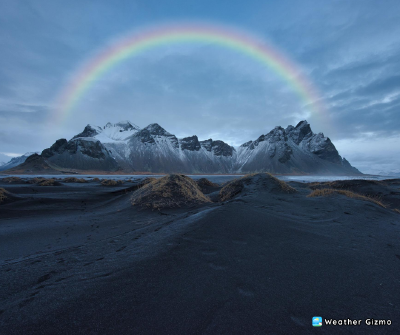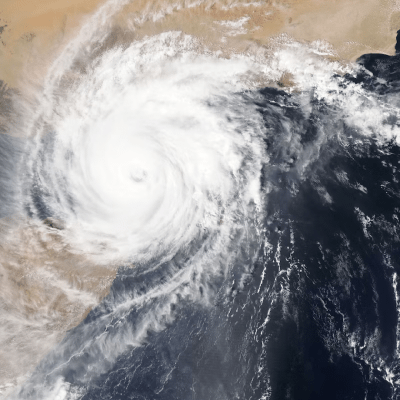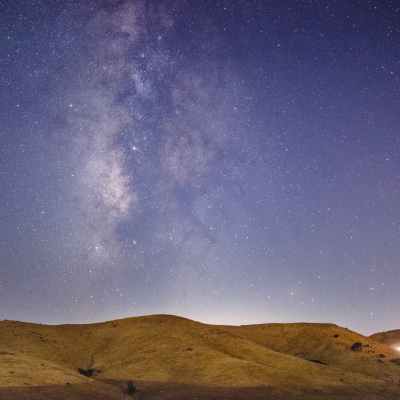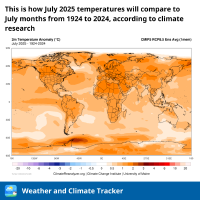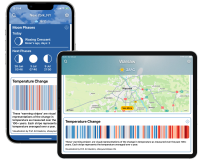
[Sky]
Overcast vs Cloudy Weather: What's the Difference?
While overcast and cloudy weather conditions both involve clouds in the sky, there is an important distinction between the two terms. Let’s take a closer look at what defines overcast weather and what defines cloudy weather. Overcast Weather Overcast refers to dense, complete, or nearly complete cloud cover where clouds obscure most or all of the sky and block out direct sunlight.
Read more

